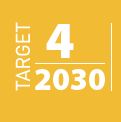





Intersection - Roundabout
A roundabout is a one-way roadway around a circular central island. Entry to roundabouts is controlled by ‘give-way’ markings and signs. Vehicles already on the roundabout typically have right-of way.
Roundabouts cause little delay in low to medium traffic flows, and require less maintenance than signalized intersections.
Geometric design is crucial to the safety of a roundabout. Curves on the approaches to require all vehicles to slow down before entering. The centre island layout ensures that traffic moves in a one-way direction and that slow speeds are maintained around and at exits to the roundabout. On normal roundabouts, the entry path radius should not exceed 100m, ensuring that the ‘deflection’ is sufficient to slow traffic to safe speeds.
The rules governing roundabout use also help to improve safety. Drivers approaching a roundabout need to slow and give way to vehicles already in the roundabout, and be prepared to stop.
As a result, roundabouts can virtually eliminate often severe right-angle, left-turn (or right-turn), and head-on collisions.
Roundabouts are beneficial to assist drivers adapting to a change in road types, mark the start of bypass and serve as a gateway to urban areas.
Continental European (compact) roundabouts with a tighter geometry and often a single lane layout have good safety performance.
More sophisticated design such as turbo roundabouts can have significant merits in terms of road safety and capacity.
Signalisation of large and busy roundabouts can have significant merits in terms of road safety and capacity.
However, roundabouts can create barriers for pedestrians and pose safety risk for both bicyclists and pedestrians. Therefore, roundabouts should be used cautiously on roads used by bicyclists and with high pedestrian volumes.
- Minimal delays at lower traffic volumes.
- Little maintenance required.
- Crash severity is usually lower than at cross intersections.
- Roundabouts should be circular in shape with the axis of branches traversing the centre of the circle. The approach should be on a straight line wherever practicable.
- The entry path radius and deflection must be such that vehicles are not able to enter and pass through the roundabout without first slowing to a safe speed.
- Unless there is strong justification on ground of capacity, it is not advisable to increase the number of lanes at the entry of a roundabout.
- Solid structures should not be located on the central island.
- Vulnerable zones for roadside safety also include the outside of the circulatory carriageway and splitter islands
- Painted kerbs around the island can reduce the risk of it being run into.
- Poor visibility on the approach to roundabouts, or high entry speeds, can lead to crashes.
- A high standard of signing is needed to inform drivers in advance and to guide them through a roundabout
- Facilities to help pedestrians cross the arms of the intersection should be provided in most urban locations.
- Roundabouts can be difficult for large vehicles, particularly buses, to use.
- Designers should be conscious of the risk that roundabouts can be present for cyclists and other slow vehicles, such as animal drawn vehicles.
- Roundabouts should be avoided along and at the bottom of steep gradient.
- Enhanced road safety treatments are needed if a roundabout is located at the end of a free-flow highway.
- Roundabouts with three or more lanes on the approach and along the circulatory carriageway are not advisable due to increased potential conflicts.
The Star Rating Demonstrator is a freely available tool with the iRAP online software, ViDA. With the Star Rating Demonstrator, it is possible to explore the impact that this Safer Roads Treatment has on risk.
Treatment Summary
Costs | Medium to high |
Treatment life | 10 years - 20 years |
Potential casualty reduction | 60% or more |
Case Studies
Related Images
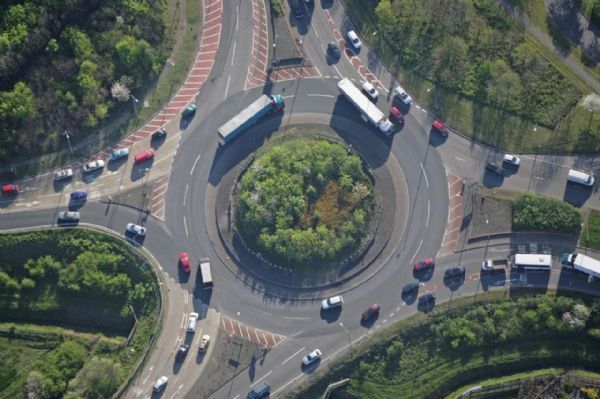 Large multi-lane roundabout. Image credit: iStock
Large multi-lane roundabout. Image credit: iStock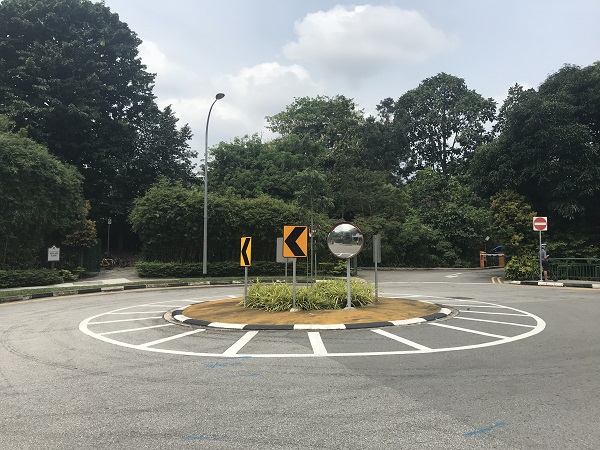 Mini roundabout in Singapore. Image credit: Alina Burlacu
Mini roundabout in Singapore. Image credit: Alina Burlacu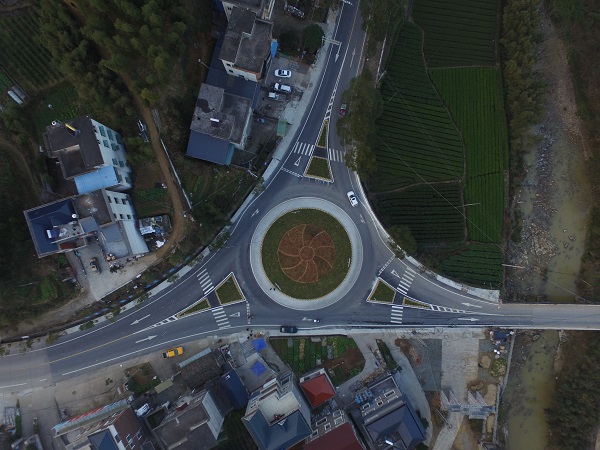 Roundabout with pedestrian crossing facility in China. Image credit: RIOH
Roundabout with pedestrian crossing facility in China. Image credit: RIOH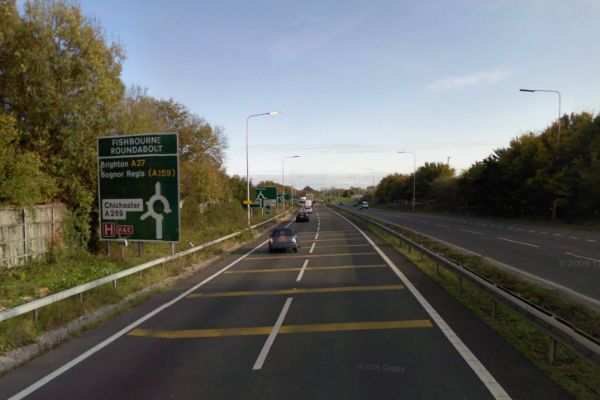 Yellow bar marking provided as speed calming measure on roundabout approach, A27 Chichester, UK. Image from Google street view
Yellow bar marking provided as speed calming measure on roundabout approach, A27 Chichester, UK. Image from Google street view










